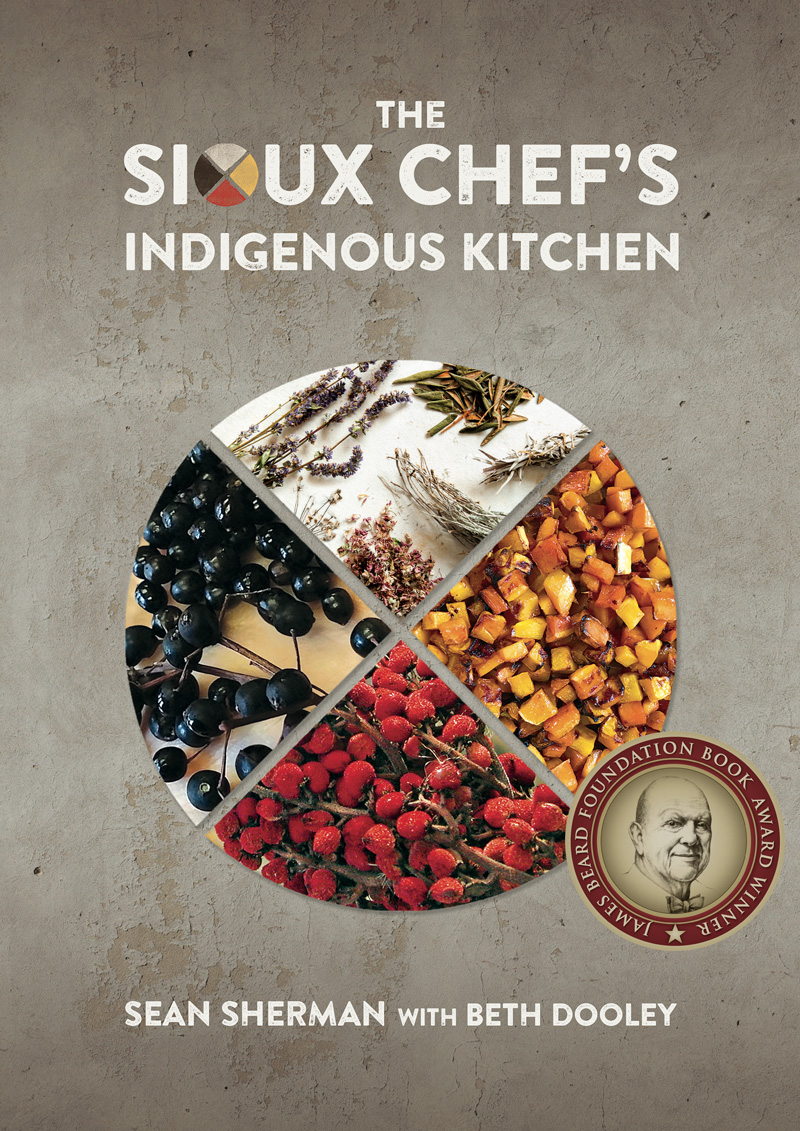Concepts from the unit
- Cultural Influences on Food Choices
- Eating Patterns
- Environmental Influences
Guiding Question: How could we (respectfully) learn from Indigenous culture and how they approach nutrition?
We can respectfully learn from Indigenous culture by understanding the cultural, environmental, and nutritional values that shape Indigenous traditional food systems.
Traditional Indigenous foods are tied to land, family, identity, and ceremony. Many meals incorporate the “Three Sisters” crops (corn, beans, squash) that are rich in fiber, polyphenols and nutrients that are anti-hypertensive and prevent chronic diseases. Additionally, Indigenous eating patterns traditionally include wild meats, fish, berries, root crops, and fermented foods. Diets like these are high in protein, omega-3s, vitamins (B12, D), and antioxidants, while also being low in refined carbohydrates, sugars, and saturated fats. In comparison to modern processed diets, which have contributed to high rates of diabetes, obesity, and cardiovascular diseases, traditional Indigenous diets promote healing and healthier long-term habits (Sarkar et al., 2020).
Indigenous food systems are also sustainable. Foods like wild rice, berries, seaweed, and game meats are locally grown/harvested, climate-resilient, and collected using respectful and non-invasive methods which help preserve biodiversity and environmental balance (Earle, n.d.).
Non-Indigenous people can take inspiration from these diets and values by (Earle, n.d.):
- Making small, respectful changes in their lifestyle like using wild or lean meats instead of processed meats, adding the “Three Sisters” crops into their meals, and reducing reliance on refined and packaged foods.
- Buying in-season, traditional foods from Indigenous producers.
- Avoiding overharvested or imported products.
- Supporting food sovereignty initiatives and land-back programs which help return control of food systems to Indigenous communities.
It is important that non-Indigenous people practice cultural appreciation instead of appropriation. The goal is to respectfully learn from these practices and not “take” them. We can respectfully learn from Indigenous food practices by (George & Williams, n.d.):
- Supporting Indigenous chefs, gardeners, farmers, and food creators.
- Respecting traditional knowledge by avoiding appropriation. Instead, it is important to listen, learn, and honor the origins of these foods.
- Using food as means of respect and gratitude by giving thanks before meals and cooking as well as acknowledging the cultural significance.
- Giving credit and listen to Indigenous voices.
Recommended Indigenous Cuisine Cookbooks





